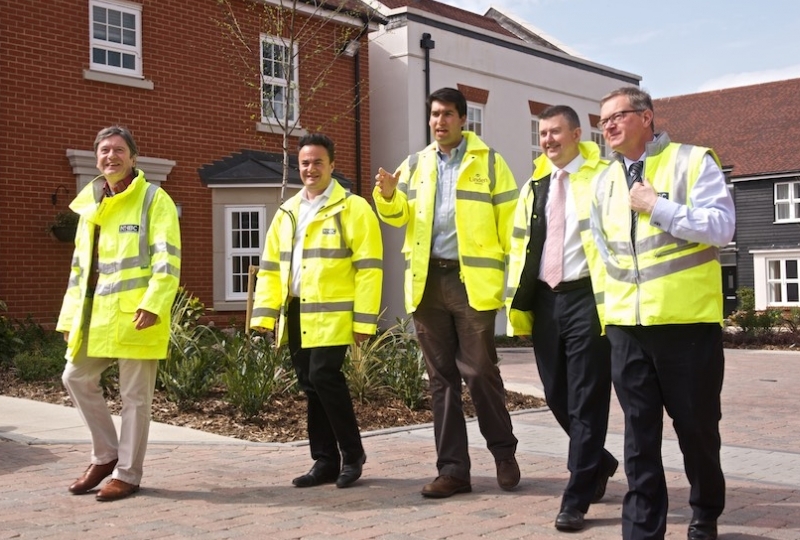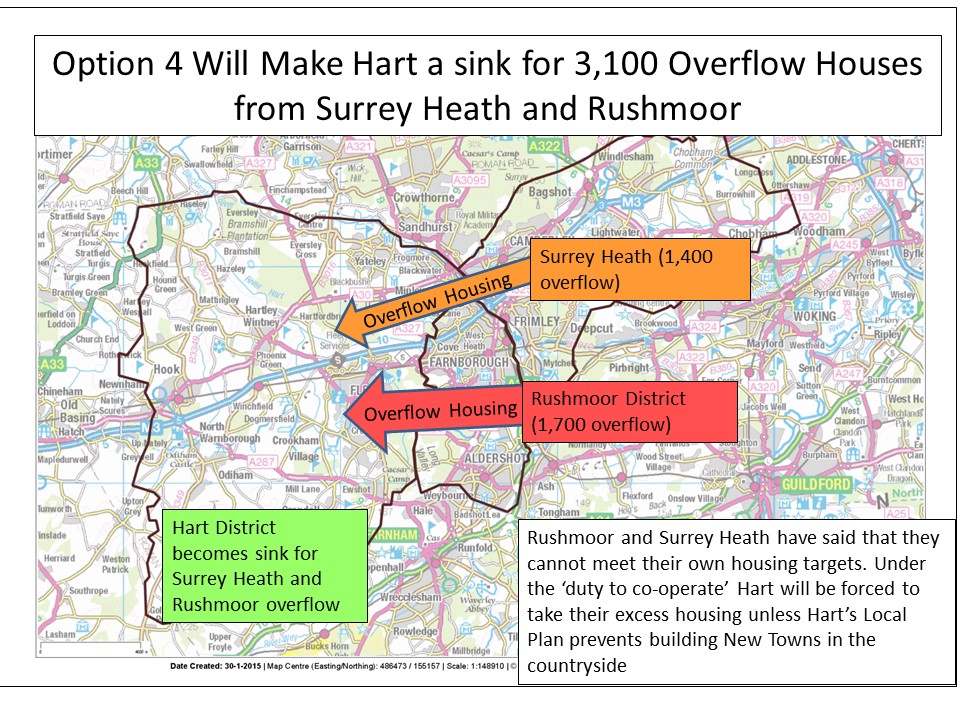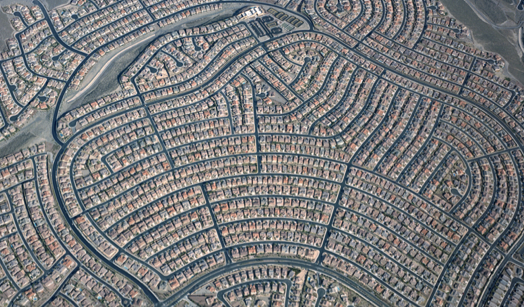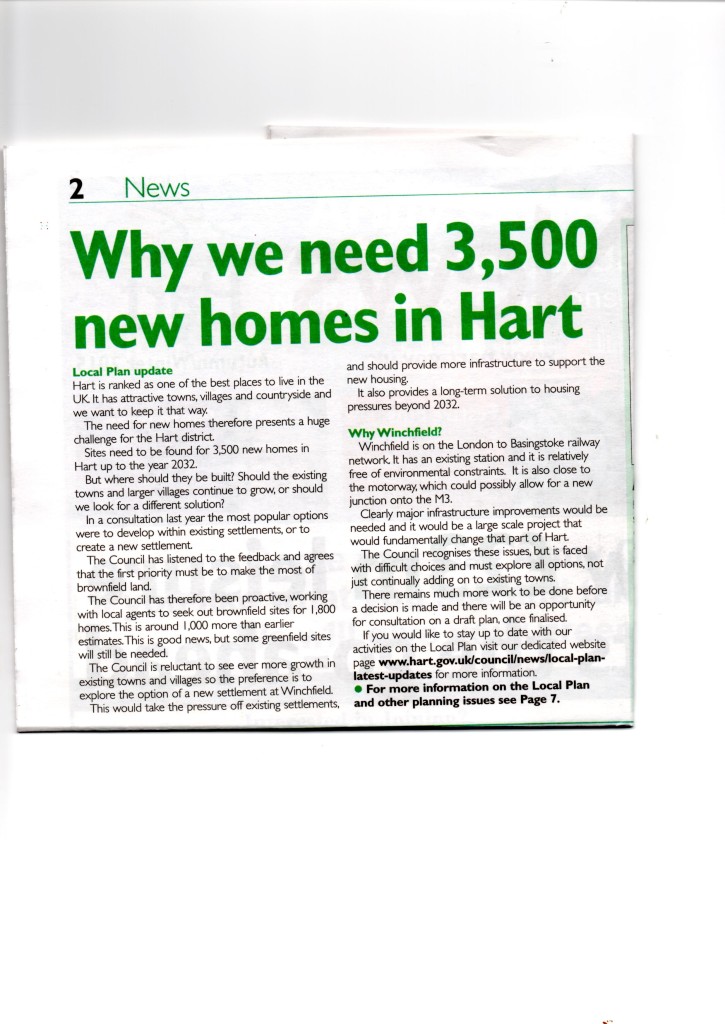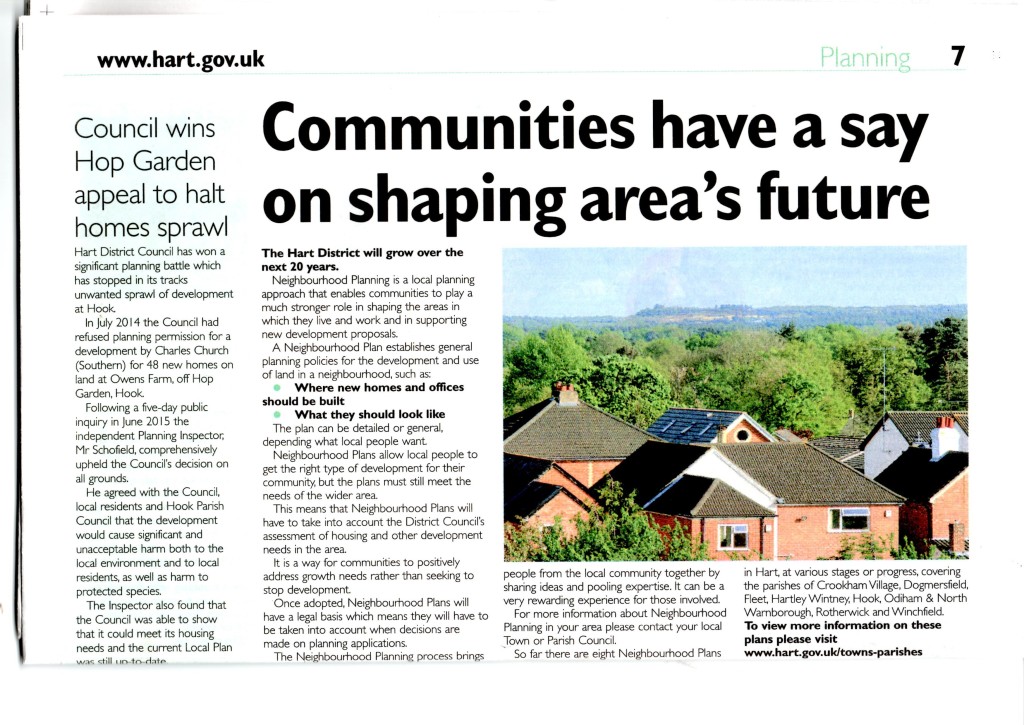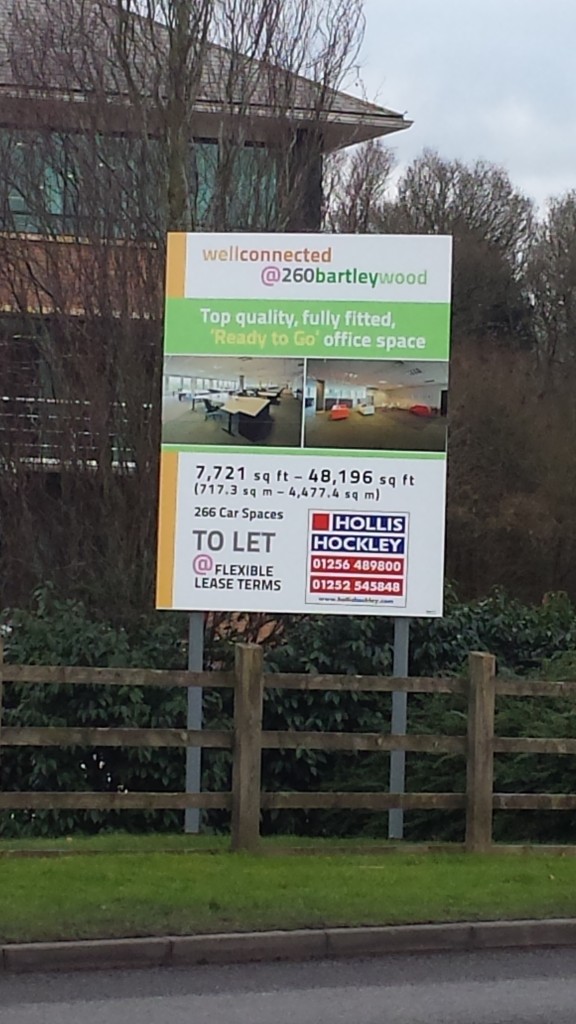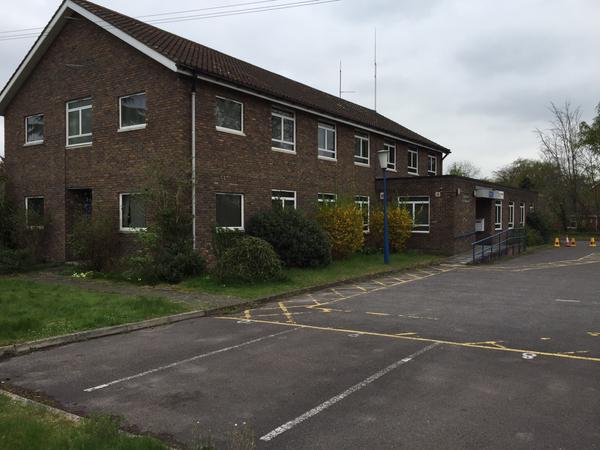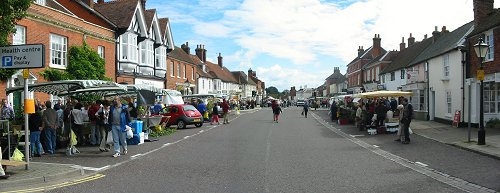In a very welcome move, local MP for Hampshire North East, Ranil Jayawardena has come down strongly against proposed large scale green field developments such as Winchfield New Town, and asked Hart Council to produce a register of brownfield sites and be more active in using Compulsory Purchase Orders (CPOs) on brownfield sites that are suitable for housing.
In a week where Conservative MP’s have been spat at on the streets of Manchester, I think the only risk to Ranil after publishing his article is that he will be showered with kisses from his local constituents.
In response to questions from his constituents, Ranil has set out his views on planning and development. Ranil has also set up a petition saying brownfield development must be more strongly prioritised by Local Planning Authorities and Neighbourhood Plans must continue to be respected, both in the absence of Local Plans and by Local Planning Authorities when devising Local Plans.
The key passage from Ranil’s article is re-produced below:
I believe unused and redundant commercial buildings should be brought forward for regeneration before any more greenfield sites are allocated anywhere in North East Hampshire. That includes Grove Farm, Hop Garden, Winchfield, the Urnfield – and any other greenfield site for that matter – unless a locally-led Neighbourhood Plan wants to build homes to meet local needs.
I’ll go further. I’m against these developments – indeed, this sort of large-scale top-down volume-led development generally – as I do not believe they are necessary to deliver the housing we need in our area. Looking at Hart District specifically for a moment, as the largest part of the constituency, I believe that the local housing demand can be met on brownfield sites. This has the massive advantage of, often, improving an area; instead of vacant office buildings on Fleet Road, for instance, why not have modern apartments for young professionals who can’t otherwise buy a home in our area?
In July 2015, the Chancellor set out in the budget that, to reinforce our commitment to making best use of brownfield land, legislation will grant permission in principle for housing on suitable sites identified in the new statutory brownfield register. (Interested folk might recall that Hart District Council was previously asked to create a register, but chose not to. There will now be one.) Brownfield redevelopment will also be supported by strengthened advice for authorities on the release of land earmarked for employment purposes where it is no longer needed. Whatever your politics, I hope you’d agree that the Government – while still protecting the rights of local Councils to determine the future of their own area – is being clearer than ever that brownfield land must be prioritised.
I’d even suggest, perhaps unusually for a Conservative, that Councils should be more active in their use of Compulsory Purchase Orders (CPOs) where brownfield sites exist and it is clear that it would be a good site for housing, but the landowner is standing in the way of development, or the site as a whole is currently in multiple ownership. Not only would this deliver properly thought through regeneration, maximising the potential of brownfield land but, done right, it would also be good for local taxpayers, as the receipts from such a scheme on the eventual sale or rental of properties would help to keep Council Tax low in future…
Of course, the National Planning Policy Framework has always made clear that “planning policies and decisions should encourage the effective use of land by re-using land that has been previously developed (brownfield land)” and that local Councils “may continue to consider the case for setting a locally appropriate target for the use of brownfield land”. I’ve spoken with Government Ministers and others about this policy, which applies across the country. I was pleased that the Prime Minister included a £1billion ‘brownfield regeneration fund’ in the Conservative Party manifesto, which will help make more brownfield regeneration happen, while now requiring Councils to bring forward 90% of suitable brownfield sites for housing by 2020, both of which will help protect our countryside.
Needless to say, We Heart Hart is delighted by Ranil’s article as it reiterates many of the points we have been making for some time about brownfield capacity and the need to establish a proper database of brownfield sites as part of a different approach to the local plan.
It remains to be seen whether Hart District Council’s Conservative administration will heed the advice of its local Conservative MP and the express wishes of the Conservative Government when preparing the forthcoming coming consultation paper on housing options for the Local Plan.
Of course, Ranil’s intervention also increases the pressure on Rushmoor Borough Council who are needlessly protecting 96 hectares of brownfield land when there is a massive surplus of employment land whilst at the same time asking Hart to build 1,600 houses for them.
